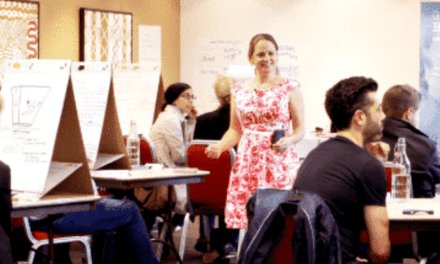
Due to our different makeups, women are funnelled into the caring professions (teaching, nursing, HR etc.) with greater alacrity than men. And that’s okay… if they want to be there. However, it shouldn’t prevent those women who want to try something different from receiving a fair go elsewhere.
Take mining, construction and utilities for example. Very few women enter these arenas, and fewer remain, due to the overwhelming male domination the industries have developed historically. Once a brutal, physical environment which most women would have struggled with, they are now largely mechanised allowing anyone who knows how to operate a machine with good judgement the chance to create the career pathway they desire.
So why is female representation still so low?
The Australian Human Rights Commission has put together an interesting report that sheds light on what executives and boards can do to alter the imbalance. Here are a few points to consider…
- Recognise the value and skills women possess at all levels of every organisation.
- Embrace diversity and flexibility as a commitment to the whole organisation.
- Lead from the top. Management must walk the talk.
- Tie monetary incentives to gender equality outcomes.
- Make pay equity a priority.
- Enforce cultural change so all employees feel included and valued.
- Establish a plan with input from all stakeholders to ensure gender equality is actioned.
- Council or discipline those, male or female, who do not comply with or undermine the plan.
- Seek external expertise if required.
- Ensure the benefits of gender equality are understood by all involved.
- Attract and interview excellent quality candidates from both sexes. Provide mentoring to improve outcomes.
In many instances, gender inequality has developed historically for quite understandable reasons. However, with advances in technology, thought and values, the excuses for enabling it to prevail are becoming thinner day by day. Those who seek to retain outdated gender-exclusive policies or practices are resigning themselves to a future of becoming underwhelming employment options. In a world where generation after generation is demanding more choices and a better understanding of the values of potential employers, attaining a balanced gender equilibrium simply makes good business sense.





